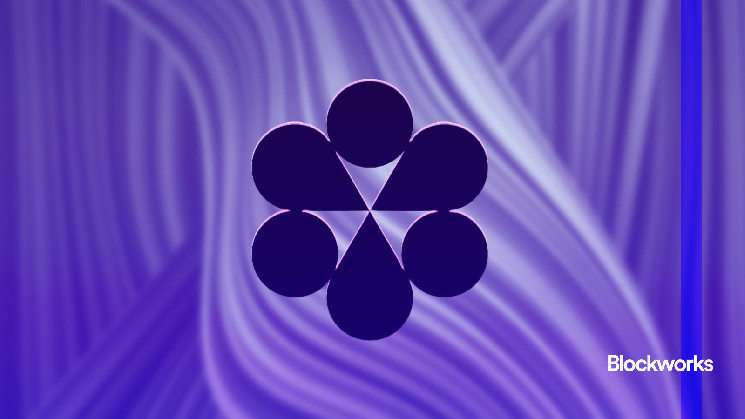Imagine a highway: The more lanes you have, the more cars can travel simultaneously without creating a traffic jam.
For a blockchain network, a high-throughput sequencer acts to widen that highway — allowing far more data and complex operations to flow through smoothly. This is especially important for applications such as onchain games, demanding DeFi protocols and social apps, where large volumes of transactions and interactions need to be processed without delay.
Sequencer throughput determines how much computational work a blockchain can process in a given time, directly impacting the scalability and efficiency of dapps. Higher throughput allows the network to manage spikes in user activity and support more complex, resource-heavy applications.
Today, Conduit announced a 10x improvement in throughput with the launch of G2, which it claims is the world’s most powerful sequencer. G2 is based on a purported computational load of 50-100 million gas per second (Mgas/s).
Read more from our opinion section: L2 centralization is a ticking time bomb for blockchain
The G2 sequencer is built upon a string of technological advancements, including deep database optimizations and improvements in algorithmic efficiency, according to Andrew Huang, Conduit’s founder.
“There’s no single breakthrough,” Huang told Blockworks, “but rather a series of incremental optimizations — a 5% gain here, a 10% gain there, and over time, it compounds.” These improvements span every layer of the stack, from data access and storage to the cloud-native infrastructure orchestrating the system.
Under heavy workloads, sequencers can struggle to keep up with the head of the chain. G2 capacity opens the door for applications that were previously impossible to run fully onchain, such as Web3 games. Pirate Nation, launched by Proof of Play in December 2022, debuted on the Polygon PoS chain before later migrating to the Arbitrum Orbit tech stack for its Apex and Boss chains.
Read more: A wave of new games could prove NFTs aren’t dead after all
“As the platform grew, it required a more scalable and cost-effective solution, leading to the development of [the] Orbit chains,” a spokesperson told Blockworks.
The game is among the first projects to adopt G2. Apex and Boss are both among the top three chains by Mgas/s according to rollup.wtf , a Conduit-built dashboard. The Proof of Play team insists this activity represents organic usage.
“Pirate Nation makes banning bots a top priority,” the spokesperson said, adding that “the Proof of Play team has tuned the incentive structure and processes to ensure the game is being played by real people with one real account.”
With G2, the team was able to solve its scaling challenge and expand capacity with additional chains as needed.
“Gaming kind of pushes the limits,” said Huang. “They’re obviously the most demanding applications.” But he also flagged Gravity, a Web2 app originally known as Galxe, that has successfully migrated its entire database of 26 million active users onchain using G2. That wouldn’t have been feasible without the upgraded throughput, he said.
Read more: Crypto’s infrastructure bloat — are we building too much?
Mgas/s as better scaling metric
Measuring blockchain sequencer throughput by Mgas/s is supplanting the traditional transactions per second (TPS) metric when it comes to judging relative scalability. “TPS is a dead metric,” Huang said. “It tells you nothing about how much compute is actually happening onchain.”
TPS can be misleading, as eye-popping headline numbers may result from artificially maxing out bandwidth with simple token transfers rather than real-world usage.
Mgas/s, in contrast, provides a much clearer picture of rollup performance, especially when considering more complex applications. It comprises several different types of workload — from compute to storage — into a single figure.
“It’s not perfect because you’re putting a multidimensional thing into a single metric, but it’s much better,” Huang said.
While current public benchmarks remain limited, this is just the beginning, according to Huang. The G2 team is already working toward gigagas levels of throughput, or 1000 Mgas/s. That’s also the goal for Base, the Ethereum layer-2 rollup built on Optimism’s OP Stack. Jesse Pollack outlined a plan to incrementally raise Base’s throughput over the coming year to its gigagas target on a recent 0xResearch podcast.
For comparison, Ethereum’s mainnet processes about 1-1.5 Mgas/s.
The move towards Ggas throughput is expected to open up possibilities for still more computationally intensive dapps, such as social networks, prediction markets and high-frequency trading systems which require substantial performance headroom.
 blockworks.co
blockworks.co
